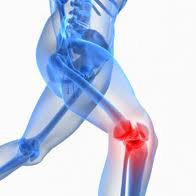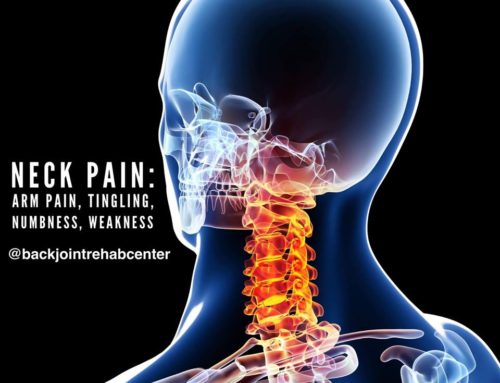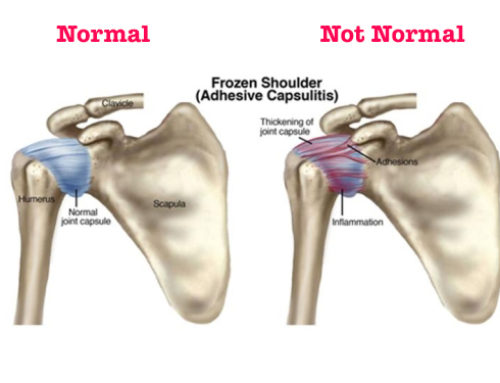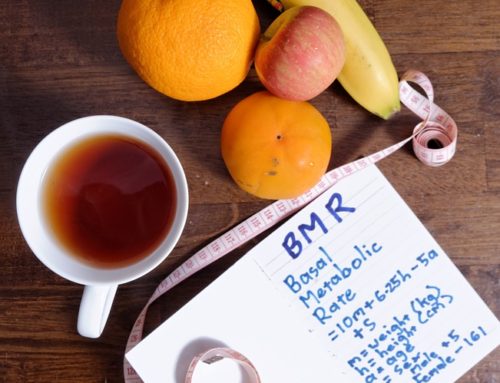Part 1: Runner’s Knee aka Patellofemoral Pain Syndrome.
Running. It does so much for us. It improves our health, relieves stress, provides physical fitness benefits, helps lose weight, boosts self-esteem, and is a great way to enjoy being outside.
As we wind down to the end of the 2016 Running Season, we want you to prepare for the 2017 Season by practicing preventative measures for running injuries.
As for you Winter Warriors that run through the Snow, dress warm and incorporate these tips as we release each series. This Runner Series will be a 7-Part Series addressing the 7 common injuries runners experience including self-tests to track signs & symptoms and preventative resources to help you reduce risk for these injuries.
Patellofemoral Pain Syndr ome is a collection of signs and symptoms associated with the knee that are NOT always presented together, simultaneously, or consistently. Individual presentations vary from one case to another presenting as completely different characteristics of pain and problems.
ome is a collection of signs and symptoms associated with the knee that are NOT always presented together, simultaneously, or consistently. Individual presentations vary from one case to another presenting as completely different characteristics of pain and problems.
Many runners who have knee problems google or use WebMd to gain information about their knee pain. WebMD describes Patellofemoral Pain Syndrome as an array of symptoms and signs that produces knee pain, especially when bending the knee whether, sitting, squatting, jumping, running, stair use, or any activity that involves bending the knee. Other symptoms associated with Runners Knee is buckling, catching, locking, popping or grinding while moving the knee.
This is a general description with broad characteristics describing the condition and it does not specifically address what is going on with our knee pain while we run. While ruling out any red flags is necessary to determine whether or not conservative care or self-management is a viable option, majority of the time, conservative care is the preferred first approach.
First question to ask yourself: “Is my Knee Pain Getting Worse, Better, or Staying the Same?”
Worse Means the Following:
- Knee pain has progressed to be present in activities outside of running
- List of aggravating activities has become larger
- Intensity of pain has increased
- Frequency of pain has increased
- Symptoms are progressively including other characteristics such as weakness, buckling, locking, clicking
Better Means the Following:
- Knee pain has regressed in some form during the run
- List of aggravating activities has become smaller
- Intensity of pain has decreased
- Frequency of pain has decreased
- Other associated symptoms have abolished or decreased
Staying the Same Means the Following:
- Knee pain remains the same in symptom, intensity, and frequency during run regardless of running distance
- List of aggravating activities has not become larger or smaller; same activities continue to aggravate
- Intensity of pain remains consistent
- Frequency of pain remains consistent
- Symptoms of complaint remain unchanged; no progression or regression of associated symptoms
This may seem like common sense, but in times when we have pain; it is challenging to be objective. Going through this little check list provides you with objective understanding of how your symptoms behave with your running or day to day activities.
This will give you insight on what your options are:
- If your knee pain is worsening, the answer is evident, seek care.
- If your knee pain is better, again, the answer is evident, continue with what you are doing.
- If your knee pain is staying the same, the answer is unclear. First option is to continue with what you are doing acknowledging that the condition is not improving, but also, it is not worsening. Your second option is to seek care.
There are various exercises that are beneficial for knee health. The best preventative measures for maintaining knee health during running is to ensure that you are on a running program that suits your physical conditioning state. Overtraining is quite often a main contributor to knee pain. The second is to ensure that you are stretching the muscles of the knee including hip flexors, quadriceps, hamstrings, and calves. By stretching the muscles regularly, it promotes faster recovery from your running and allows you to return back to running much sooner.
Having mobility in the knee is essential to begin targeting the flexibility in moving the knee. Mobility reflects the joint health and ability for you to move through the joint. Flexibility reflects the muscle health and ability for you to endure stress while using the joint. By possessing good mobility and flexibility in the knee; the range of motion in the knee is preserved. The next step is working on stability through coordination and control. By demonstrating all three qualities: mobility, flexibility, and stability; the knee becomes at a lesser risk for patellofemoral pain syndrome also known as Runner’s Knee.
-
“Is my Knee Pain Getting Worse, Better or Staying the Same?”
-
Use the Checklist to Help you Decide.
-
Continue your Self-Care Management or Seek Care.
We are Dedicated to Get You Better Through Movement…
If You or Someone You Know Struggles with Knee Pain, give us a call. We are here to help (219)-310-8822.
Dr. Artemio Del Real DC, Cert. MDT, CSCS
December 14,2016





